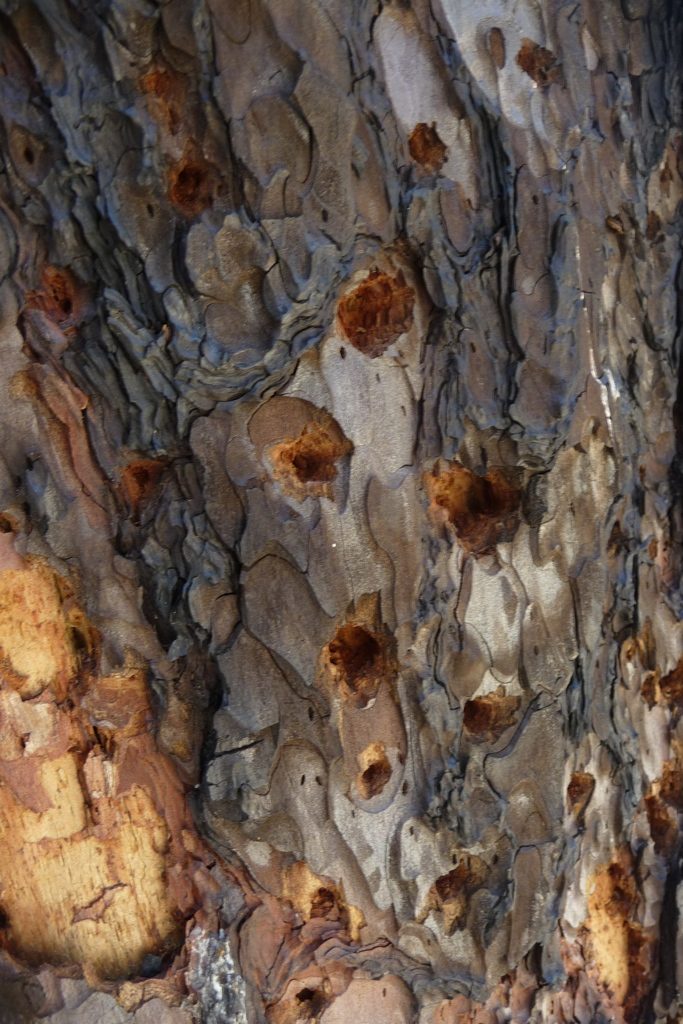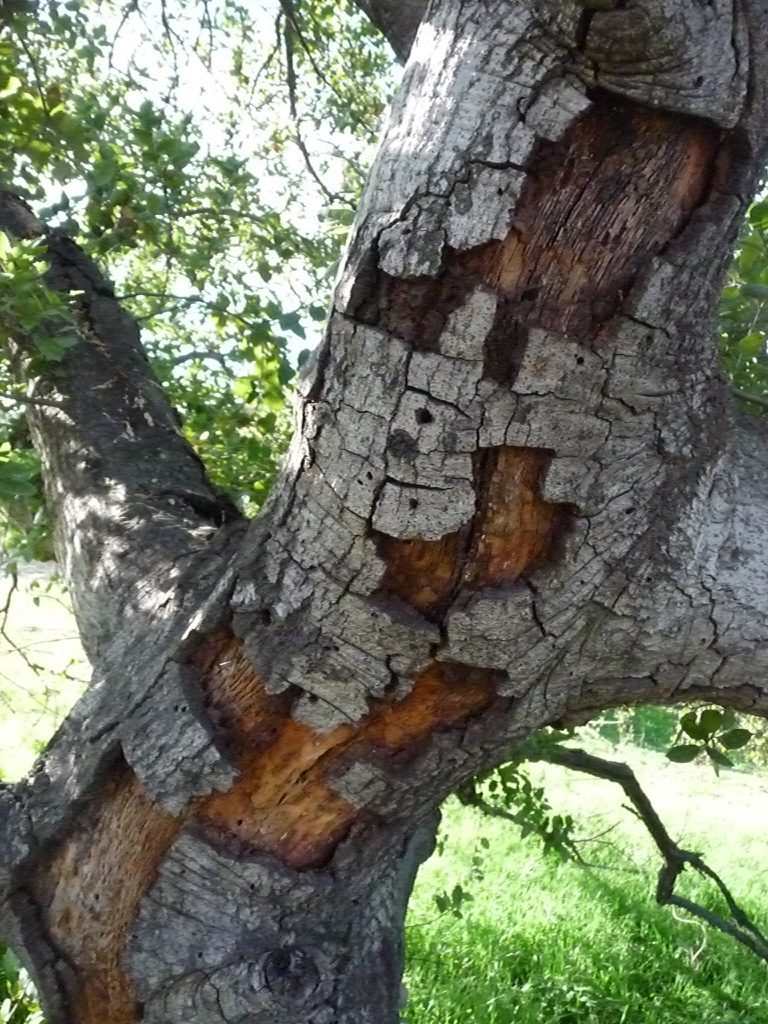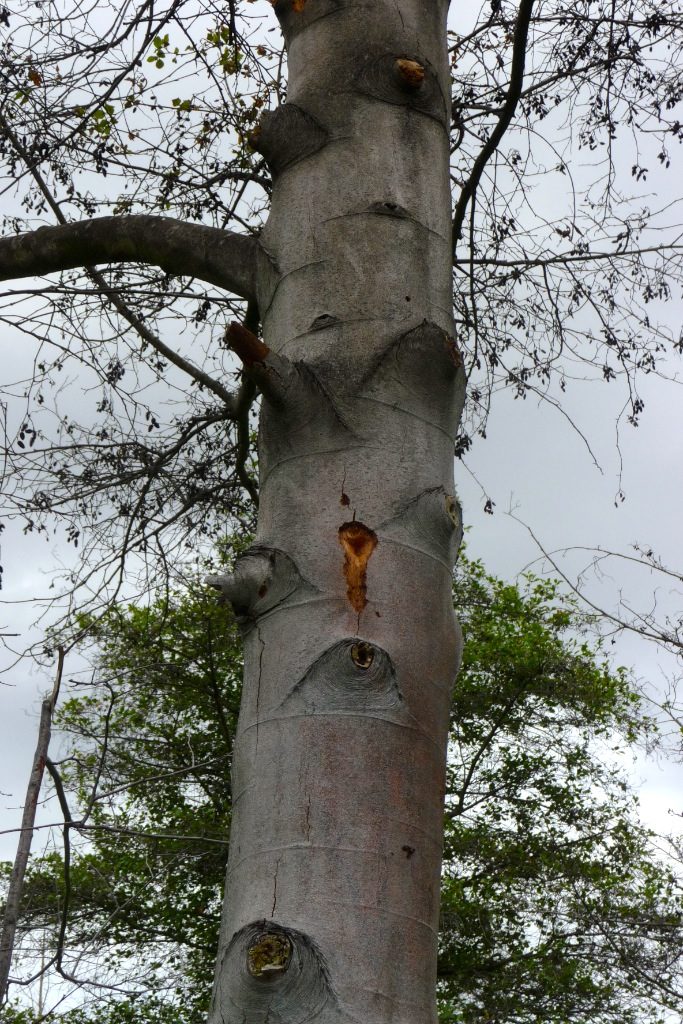How to Identify valuable snags
It is important to remember that all dead trees will eventually lose limbs and fall. It is critical that safely retained dead trees not be considered safe forever, but are scheduled for periodic re-evaluation by a professional arborist who is trained in tree-risk assessment. Doing so prior to periods of wet weather, snow and ice storms is particularly important. Always consult an arborist certified in risk assessment.
To find an arborist near you:
https://www.treesaregood.org/findanarborist
To you select trees that are likely to be helpful to wildlife, first consider where it is located. Is the overall site good quality habitat? If there are few trees, little or no other vegetation and a lot of impervious surfaces like parking lots it may not be a suitable location for birds or for on-going management of the tree.
Assuming the location is suitable, look for small holes in or beneath bark. Some may be as small as the head of a pin, others the size of a pea. They made be round, oval or shaped like the letter D. These may suggest that beetles have nested in the tree and may have already left. A pattern of shallow tunnels behind the bark will confirm their occupation, past or present.
In some cases small to medium holes may have been made by woodpeckers. The birds were likely looking for grubs. Only the Pileated Woodpecker is known to make large, deep holes.

Sections of removed bark may also be a clue that wildlife have foraged on the tree or excavated in it.
Another clue is what is known as a woodpecker cavity “start.” That is usually a small, often shallow hole (1-2” wide). It may indicate that a woodpecker was testing the tree for its suitability for excavation. Woodpeckers do this often. Some may return at a later time when the wood seems more suitable.
Naturally, if you see ants, spiders and other insects in the tree, then you know there is already a pantry for birds and other wildlife.
The presence of fungi on the tree is a good sign that decay has begun. An certified arborist can determine the degree of the tree’s decay and whether the decay adds to the risk of failure. However, the fruiting body of the fungi itself may serve as a host for insects and as food for many wildlife.








Connect
Connect with us on the following social media platforms.